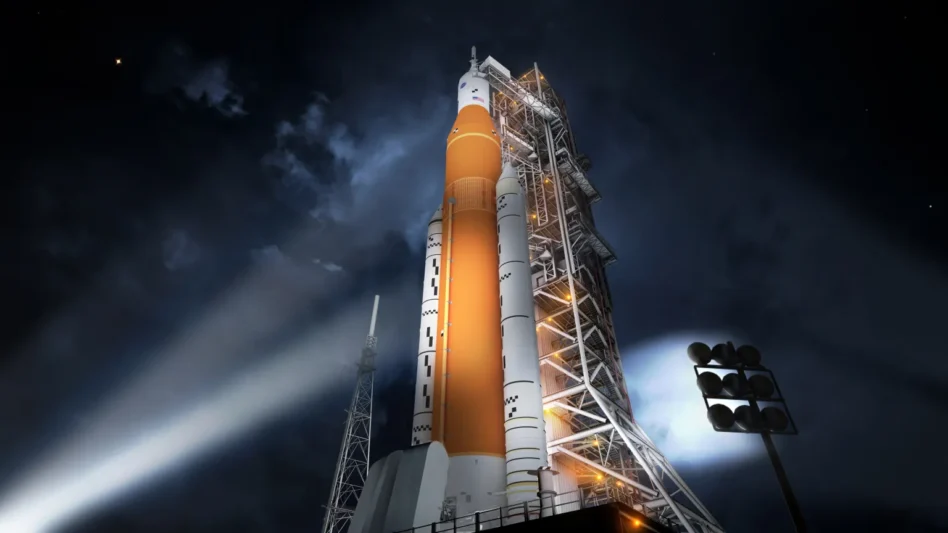If the past few years have been about growth and planning in the space community, 2024 is the year of regulation and execution, according to some leading space experts.
Space is unlikely to play a big role in President Joe Biden’s State of the Union address in about a month, so we’re taking this opportunity to examine the state of civil space policy in 2024. Be sure to come back next week for our dispatch on the state of national security space.
The bottom line, up front: The long-talked about burgeoning space industry is here. Operations in orbit have grown to a point where it’s now time for some rules, and government officials are wrestling with how to write regulations that can keep pace with an industry that’s changing by the day.
“It’s defining what is smart regulation. What is balanced regulation,” Rich Cooper, VP of strategic comms at the Space Foundation, told Payload. “The fact that you have so many technologies and capabilities coming on so fast—faster than the government traditionally is able to respond—puts the government in a challenging position on how to step forward and weigh in on things without tipping that balance into slowing that growth.”
What’s next: For many of America’s signature civil space programs, the policy is already there, said Casey Dreier, space policy chief at the Planetary Society. One obvious example is the Artemis program to return humans to the Moon, which has formal buy-in from Capitol Hill.
With the policy in place supporting big-ticket ideas, it’s time to turn to the implementation, raising the question of whether the space program can make good on all the policy goals set by lawmakers—far from a certainty given the cost overruns and delays already plaguing the effort to return to the Moon.
“We’re in a really strong place. We have agreement and a clear direction. This is the moment to execute on the policies,” Dreier said. “There’s a challenge. It could just be that the policy is so good, NASA got the green light to do so much.”
Fast friends: There’s been a dramatic shift in how officials perceive the commercial space sector over the past decade, Dreier said. NASA’s effort to launch people to the ISS on commercial vehicles in the early 2010s faced pushback from Capitol Hill, but today, collaboration with industry is a given.
With the policy and support there codifying commercial’s partnership with the government, it’s now the private industry’s moment to prove it can follow through on all the missions for which policy has opened the door.
“Can the private sector step up into these roles we’re asking them to do, where policy has given them the opportunity?” Dreier said. “Now we get to see it happen.”




